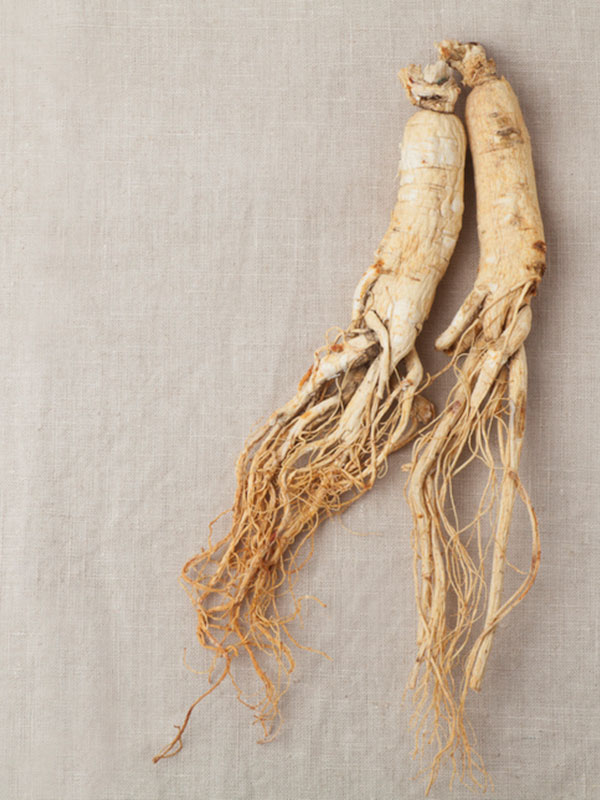
What is Traditional Chinese Medicine?
Traditional Chinese medicine (TCM) has a long documented history of empirical development spanning thousands of years. This is often a point of contention, as some people consider it a good thing that TCM has such a rich history, while others consider it to be built upon an outdated understanding of the human body.
It’s true that traditional Chinese medical terminology can sound strange to someone who’s more familiar with contemporary Western medicine. It often speaks of qi, or energy pathways, heat and coolness, yin and yang, climactic influences and the five elements (of wood, fire, earth, metal and water). While these terms often sound fanciful, they simply provide an alternate system for describing the same processes within the human body.
These days, with better technology and research techniques, we’re slowly able to develop an understanding of how exactly these treatments work from a biomedical view point. In the clinic however, at the end of the day, the system used to explain a problem is largely irrelevant as long as it leads to a useful treatment.
Contemporary TCM
The 2015 Nobel Prize for Physiology or Medicine was awarded to a researcher who rediscovered a preparation technique for a highly effective ancient Chinese malaria treatment. The traditional herbal recipe called for steeping wormwood in cold water, whereas traditional herb preparation usually involved boiling the herb. These days, we know that low-temperature allows extraction of the active antimalarial ingredient where it would have otherwise been destroyed by heat.
Contemporary Chinese herbalism and acupuncture, of the types practised by Dr Christopher Booth, are all about combining the best of both worlds like this. As our body of medical knowledge increases, we learn more and more about how to use traditional Chinese medicine to greater effect.
Learn more about what to expect from Chinese medicine and our process.